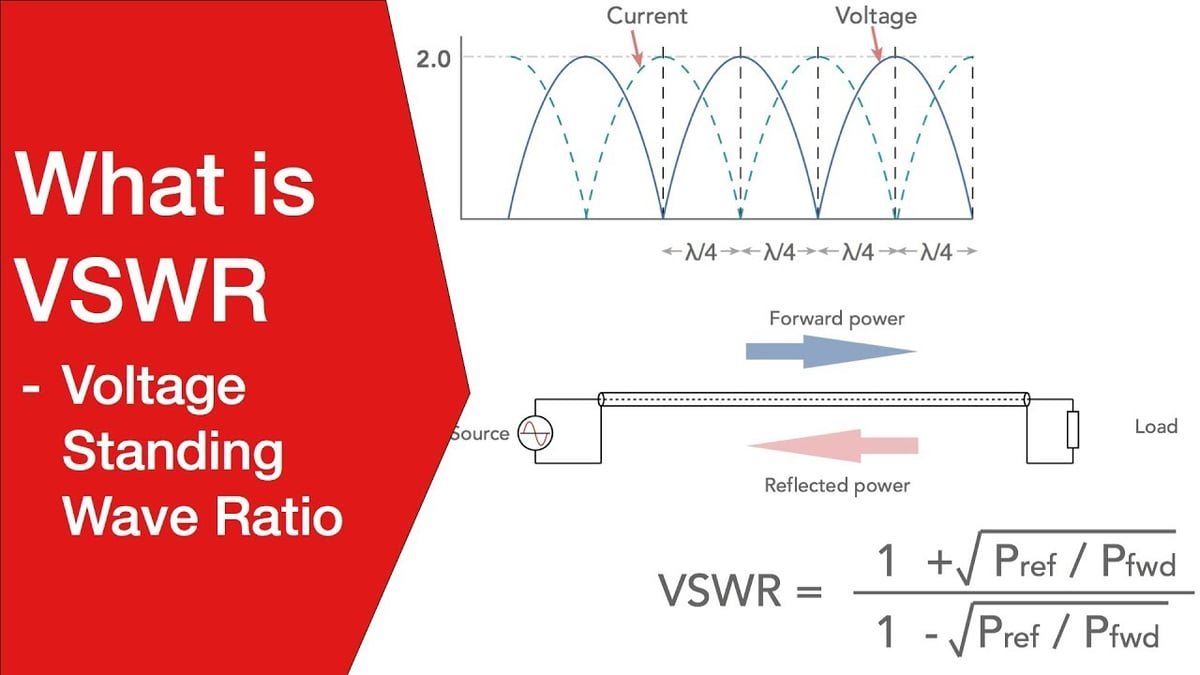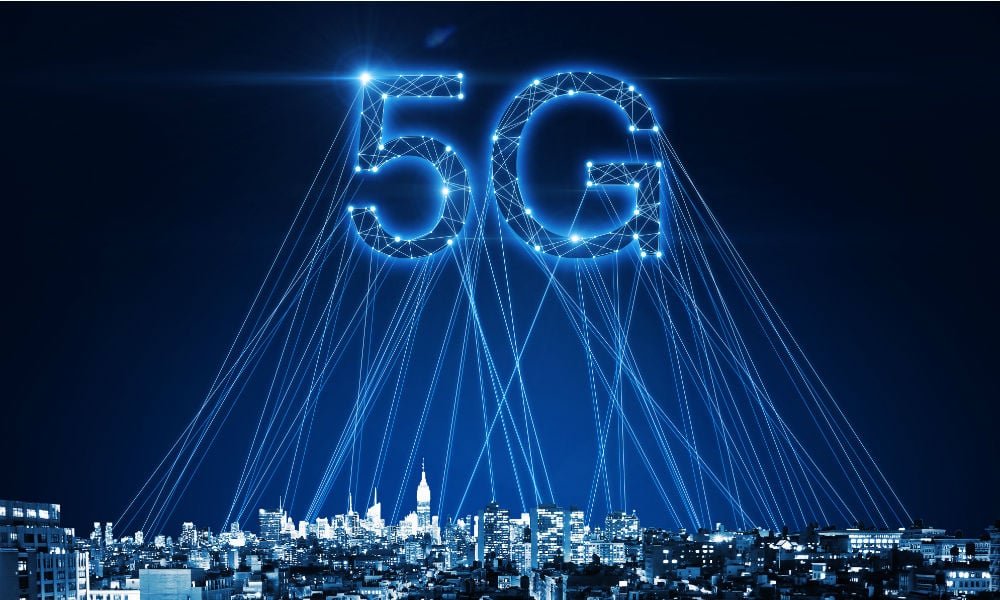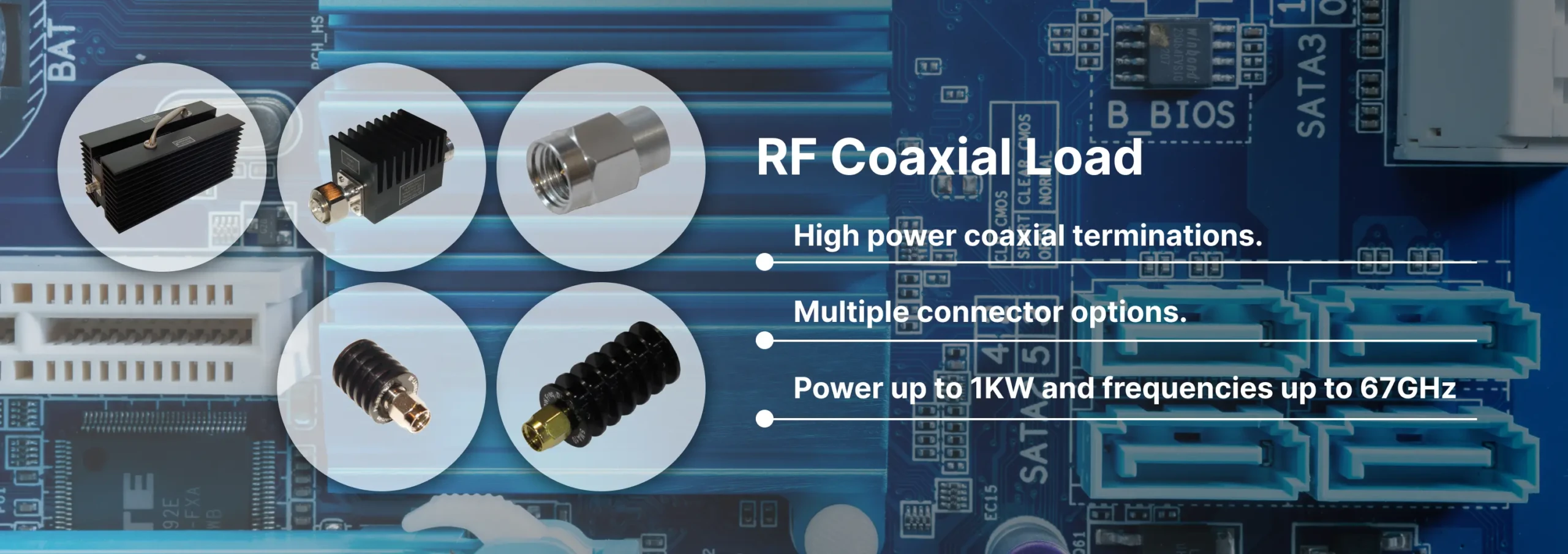STAY IN FOR MORE NEWS
Subscribe to our free newsletter.
The evolution of 5G technology has brought immense benefits—but also unprecedented challenges—particularly in the field of RF testing and measurement. As new technologies like millimeter wave, beamforming, and ultra-wideband become essential to 5G, traditional testing methods are no longer sufficient. Over-the-air (OTA) testing is now central to ensuring performance and compliance with 5G NR standards.
Discover Reach-Line’s precision RF and microwave terminations covering DC to 110 GHz and power levels 1 W to 1000 W. Reliable, low VSWR solutions for 5G, satellite, and lab applications.
Reach-Line offers high-frequency cable assemblies, fixed attenuators, and precision terminations. Partner for engineering support, rapid prototyping, and global logistics.
Reach-Line fixed attenuators cover DC to 110 GHz and 1 W to 1000 W. Fine-tune signals, protect components, and ensure repeatable tests in demanding RF applications.







Introduction to VSWR Voltage Standing Wave Ratio (VSWR) is a critical parameter in RF (Radio Frequency) systems, indicating how effectively power is transferred from a source to a load. It measures the ratio of the maximum to the minimum voltage in a standing wave formed by reflected and transmitted signals.
What Is VSWR?
VSWR is calculated by comparing the impedance of the transmission line (or antenna) to the impedance of the load. A low VSWR indicates that most of the power is being transmitted, while a high VSWR suggests significant reflection, resulting in energy loss and potential damage to the RF system.
Why Is VSWR Important?
Efficiency: A low VSWR ensures minimal reflection, maximizing energy transfer and reducing signal loss.
System Protection: High VSWR can cause reflected power to return to the source, potentially damaging components like transmitters and amplifiers.
Signal Quality: High VSWR can distort signals, affecting communication systems, particularly in critical applications like satellite communication, wireless networks, and radar systems.
How to Improve VSWR
Use of Proper Impedance Matching: Matching the impedance of all RF components (e.g., cables, connectors, antennas) ensures minimal reflection.
Quality Components: High-quality RF components, such as adapters, attenuators, and terminations, can help reduce VSWR by minimizing mismatches.
Regular Testing: Continuous monitoring with VSWR meters helps identify and address issues before they impact system performance.
VSWR in Real-World Applications In telecommunications, aerospace, and military systems, maintaining a low VSWR is essential for high-performance communication and preventing system downtime. Using precise RF components such as low-loss coaxial cables and accurate terminations ensures that power is efficiently transmitted without reflections.